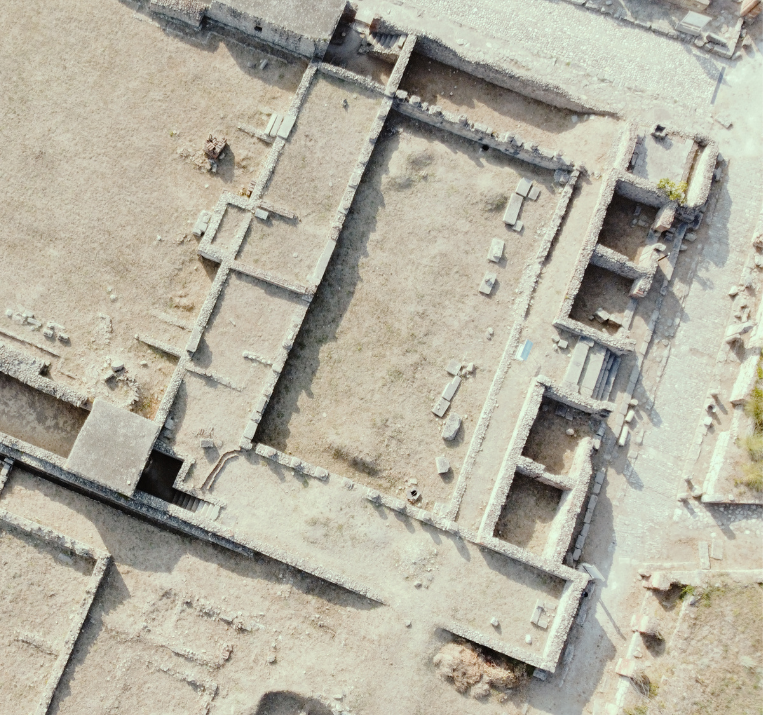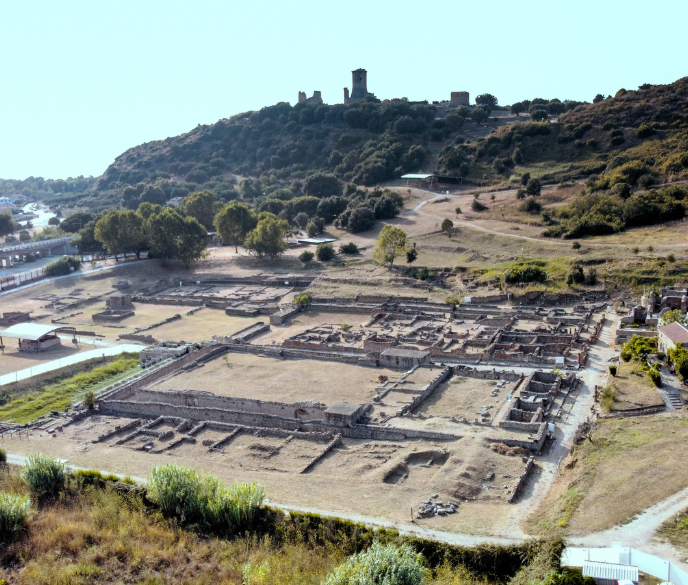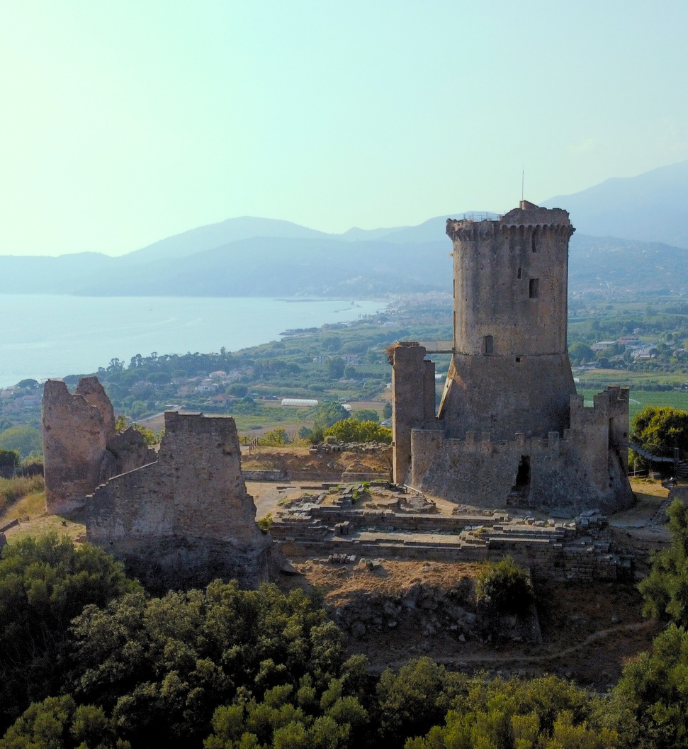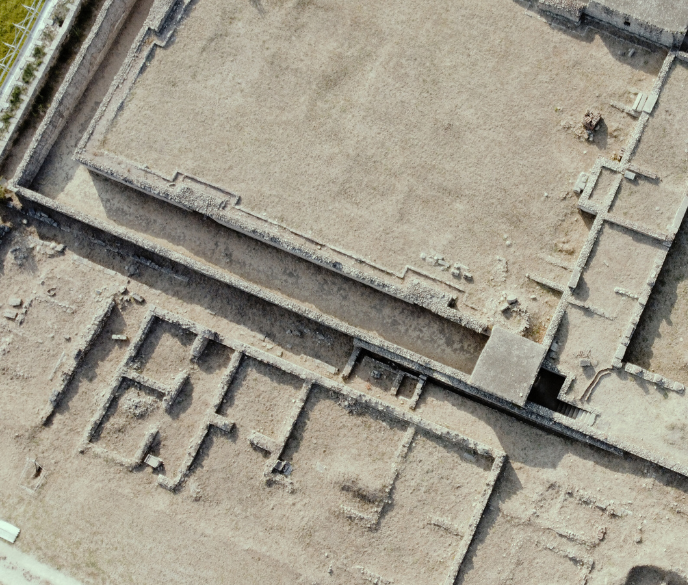CAR
Take the A3 motorway to the Battipaglia exit, proceed along the SS18 Tirrena Inferiore to the Museum
Piazzale Amedeo Mauiri, 84046 Ascea SA
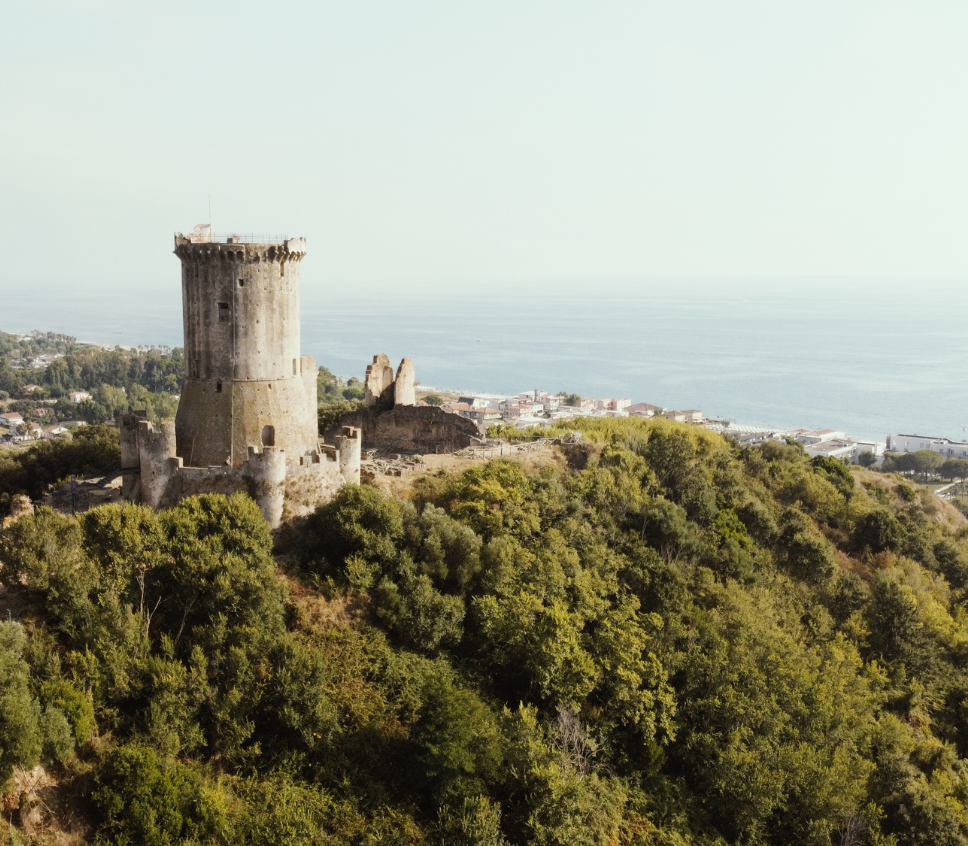
Take the A3 motorway to the Battipaglia exit, proceed along the SS18 Tirrena Inferiore to the Museum
Take the RIAG line buses to and from Ascea. At the stop continue on foot for 30 minutes
Take a regional train in the direction of Ascea and get off at the Ascea stop. Reach the destination by bus or on foot for 30 minutes
Velia is famous for being the home of the school of philosophy of Parmenides and Zeno. Besides the Eleatic school, the archaeological site of Velia still tells the story of a great city of Magna Graecia with its citizens, its daily life, its public and private spaces.
It was founded around 540 B.C. by the inhabitants of Phocaea, a city in present-day Turkey, who left their homeland because they were besieged by the Persians. After a long voyage on board very fast ships, the exiles arrived in the Mediterranean Sea and settled in the bay south of the Gulf of Poseidonia, on the Cilento coast. The city is called Hyele, after the name of a spring, and then Elea and Velia in Roman times.
The city occupies a high part, the acropolis, and the hillsides behind it and is surrounded by a wide circuit of walls that follows the natural contours of the land. Within it, the urban space is divided into three distinct quarters, still visible today, linked by valleys, one of which was monumentalised by the construction of the extraordinary 'Porta Rosa', the oldest example of a round arch in Italy.
A community of Basilian monks built the small chapel dedicated to St. Quirinus during the 8th century A.C., while an earlier church dedicated to St. Mary Odegitria, by Greek monks, is recorded in 950. Both buildings are located within what was to become the Norman citadel, of which the tower is a magniloquent testimony, and which is still today the symbol and memory of a millenary history.
